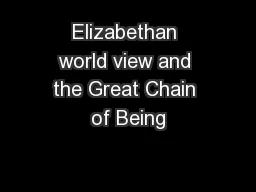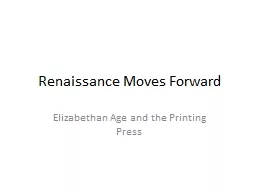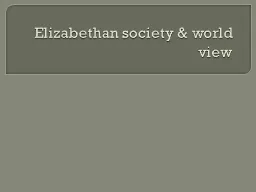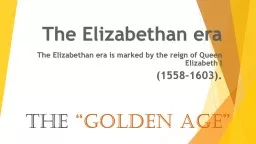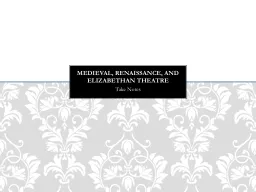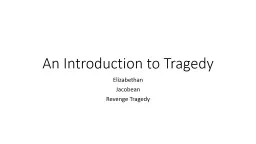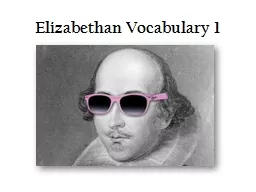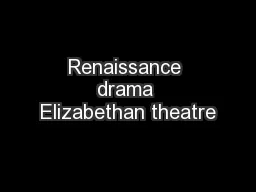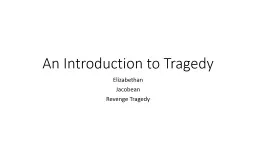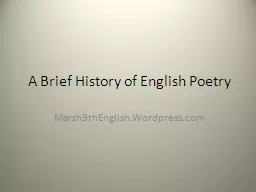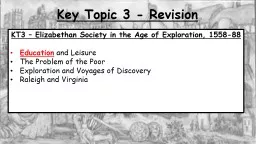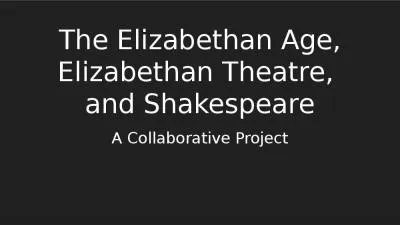PPT-Elizabethan world view and the Great Chain of Being
Author : min-jolicoeur | Published Date : 2017-11-28
Macbeth Context Elizabethan World View the basics During Elizabethan times people believed that everyone and everything was arranged in a certain order a hierarchy
Presentation Embed Code
Download Presentation
Download Presentation The PPT/PDF document "Elizabethan world view and the Great Cha..." is the property of its rightful owner. Permission is granted to download and print the materials on this website for personal, non-commercial use only, and to display it on your personal computer provided you do not modify the materials and that you retain all copyright notices contained in the materials. By downloading content from our website, you accept the terms of this agreement.
Elizabethan world view and the Great Chain of Being: Transcript
Download Rules Of Document
"Elizabethan world view and the Great Chain of Being"The content belongs to its owner. You may download and print it for personal use, without modification, and keep all copyright notices. By downloading, you agree to these terms.
Related Documents

